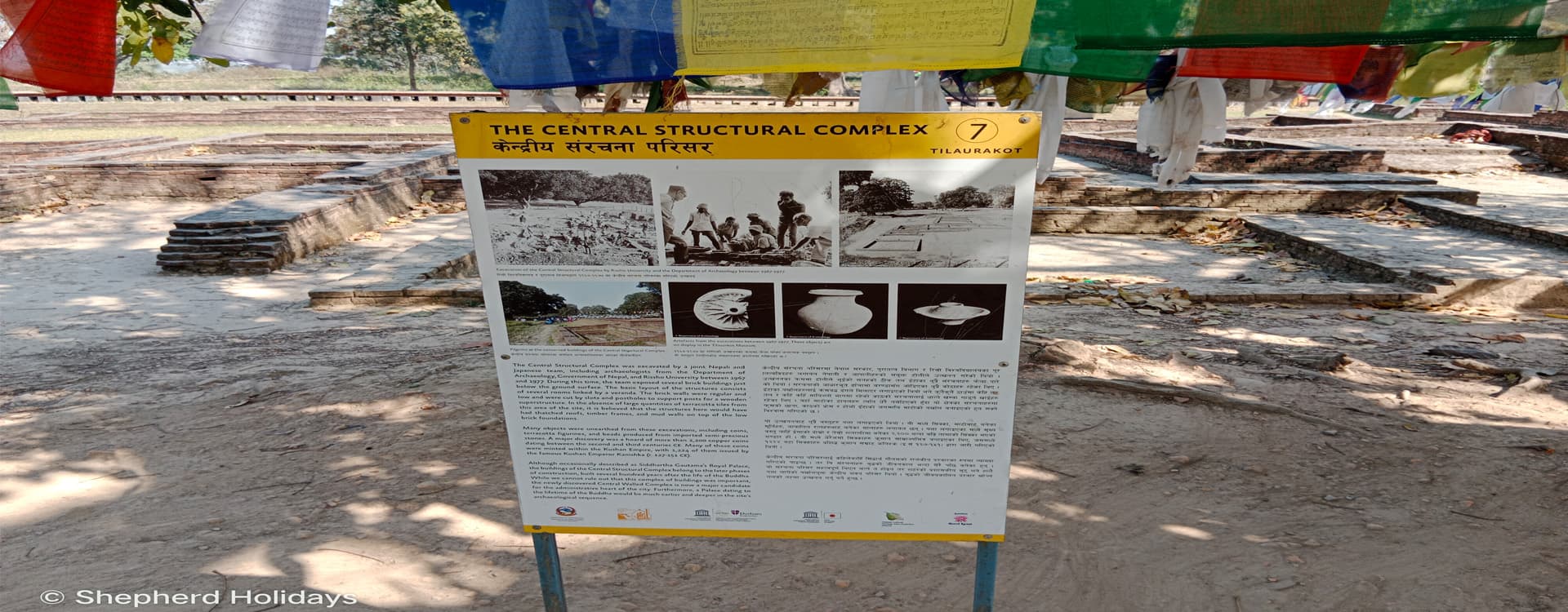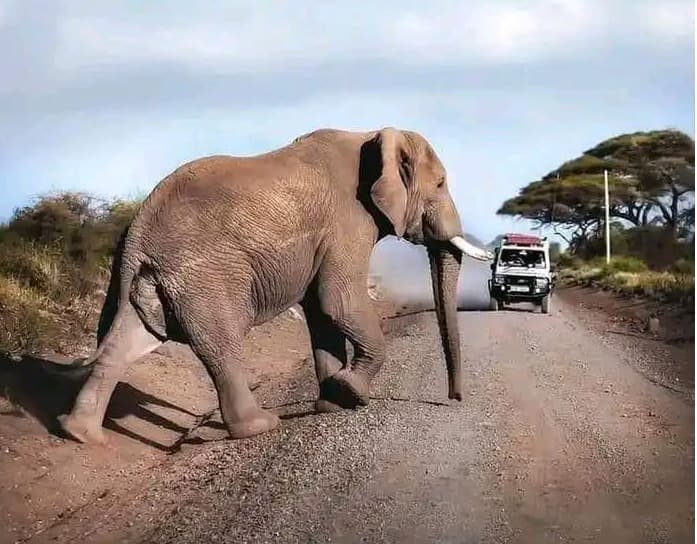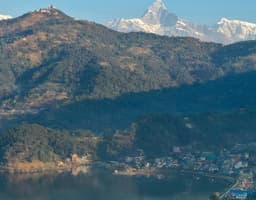Table of Contents
Tilaurakot: Home Town of Lord Buddha
Tilaurakot was the home town of Lord Buddha. It is considered as one of the oldest cities in south Asia. It was the capital city of ancient Shakya Kingdom where then the prince Siddharth Gautam, which later became the lord Buddha, grew up and spent his 29 years in the palace. Prince Siddharth Gautam left his home, family as well as his luxurious life and started spiritual journey and finally he got enlightenment and become Lord Buddha.
Tilaurakot is situated in State number 5, Kapilvastu district at southern Nepal, some 310 km from Kathmandu and 27 kilometers west of Lumbini. The distance from Taulihawa is 3 km on north and India boarder is just about 17 km to reach to Tilaurakot. Tilaurakot located on the eastern bank of the Banganga River at elevation of about 90 meters from the sea level.
Tilaurakot was discovered by PC mukherji in 1899 tracing the journey of two Chinese pilgrims following the history, they were visited Tilaurakot in 3rd and 6th centuries AD. Archeologists believe that it was the civic center from 9th century BC to 3rd Century AD. Experts have discovered the palaces, temples, monuments, sculptures, ponds, roads and it has already proved that the place was the capital of Shakya Kingdom and home town of Lord Buddha. Some of the objects found during the excavation are kept in Kapilvastu Museum nearby the Tilaurakot which is being displayed for the visitors.

Ashok Pillar at Tilaurakot
There is a Samai Mai Hindu Temple within the ancient walls at Tilaurakot where many devotees come to worship Samai Mai. Many tourists along with Buddhists from all over the world visit Tilaurakot to explore more about the ancient town and witness the first step of the epic journey walked by the Lord Buddha. There is a believe that he left his home and luxurious life when he was 29 years old through the eastern gate and now you can exactly stand at the eastern gate and imagine how he decided and walk to this amazing journey. The gate represents the truth, love, life, happiness and many things which are part of our life. Many people start new life, resolving for new task from this place following Lord Buddha, remarking his spiritual journey.
Getting Tilaurakot from Kathmandu or Lumbini
By Air
You can fly to Bhairahawa from Kathmandu and take a bus/car to reach to Tilaurakot which is just 45 km far from Bhairahawa airport.
By Road
You can take a bus or car to Lumbini and then to Tilaurakot. There is a regular bus service from Kathmandu to Lumbini as well as Lumbini to Tilaurakot. Rickashaw services are there at the site to visit all places and around.
Tilaurakot to be listed in UNESCO World Heritage Site
Nepal government had selected seven sites in 1996 to add them to the world heritage sites. Since then nothing has happened which to mention proudly but now the government has started preparation to list the Tilaurakot, where Lord Buddha raised and spent his 29 years as a prince. This is one of those 7 sites to be listed in world heritage sites.
This task was included in this fiscal year’s budget as the listing process takes time and several procedures. First process is nomination then the basis for the area to be listed in the World Heritage List, the details of the management of the area, including the details should be submitted to UNESCO. As per the Department of Archeology, the process is long and many evidences required for the submission. Compared to what was proposed in 1996, much evidences have been collected to prove that the ancient Shudhodhan palace, where Lord Buddha was the prince till his 29th years of age, is now Tilaurakot.
The officials from the department of archeology has not made an official statement confirming Tilaurakot as a capital of Kapilvastu or King Suddhodan’s palace but nearly a decade-long excavation has almost confirmed and all requirements as per the six guidelines demanded by the UNESCO are matching. Evidence of up to 500 years before Buddha was born, where up to 14 levels of human settlement have been found by excavation. The earliest evidence of excavations at Tilaurakot is earthenware; there are gray earthenware and red earthenware which is believed from the 11th century BC to the 8th century BC.
PC Mukherjee made the first scientific excavation at Tilaurakot on February 3, 1899, confirming the ancient fort as the Shakya capital. He noted that the palace area stretched from south to north 1,600 ft (487.68 m) and from east to west 1,000 ft (304.8 m). Excavations have revealed that the wall measures 500 meters from north to south, 12/8/2 inch size bricks are found in the ramparts surrounding the fort and the wall is 10/12 feet wide. Buddhist scriptures state that it is 18 feet high. A deep hole was designed around the security walls in all directions. This indicates the strong defense system of the palace. A bridge was built to allow people to cross the canal. It has been found that there are four gates with strong walls in each direction. Of the four gates, archaeologists have so far unearthed only two. The western door is made of bricks, bricks, wood and iron. It is sitting together according to one door after another.
P. C. Mukherjee discovered the East Gate in 1899. He mentions a huge square building near the door, which is not covered. The part between the eastern fort walls, known as the Buddha's Mahabhiniskramanadwar or Mars Gate. This is the door through which Prince Siddhartha came out of the palace. Astronomer TN Mishra explains the three stages of gateway construction. He attributes the time of the first and second layers to the second and first centuries BC.
Evidence from the Excavation at Tilaurakot
There is a stupa 100 meters east of the main entrance. In which Prince Siddhartha's favorite horse Kanthak is believed to have died. A stupa was built there with the remains of the same horse. After crossing the river at Enoma, Siddhartha shaved his head and formally entered the world of monks. From there he sent the horse back. Its purpose was to help the Bodhisattva get out of the world of luxury and gain the right knowledge. He sent back his charioteer Chhandak and horse Kanthak. The horse had accomplished its purpose. That is why he is believed to have sacrificed his life before entering the entrance of the palace. Archaeological excavations have also revealed the historicity of this stupa.
A huge man-made pond is located in the northeast corner of the Durbar area. The old pond is believed to have been built for the enjoyment of the Shakya palace. It is also hypothesized that there is another pond to the south of the palace. Mukherjee has mentioned many ponds during the excavation of Tilaurakot. Lalit Vistara mentions that there are many ponds in the palace of Shuddhodhan. But archeological excavations have not found many ponds.
There is a place of forest goddess in Samaimai temple. A supplementary part of the temple has been found in the northwestern part of the fort. Pieces of ancient artefacts that appear to have been worshiped by members of the Shakya dynasty, as mentioned in Buddhist literature, are found in this temple. It is mentioned in detail in the temples of Shakya Durbar and in the travelogues of early Chinese pilgrims.
Japanese archaeologists led by Nakamura unearthed a palace-like ruin in the northwestern part of the fort, which they speculated to be the northern part of the old Shakya palace. It was also revealed that it was small; it was probably a part of the main building of the palace.
TN Mishra also found a metal workshop near the southern defense wall. According to him, the workshop was used to make weapons, agricultural tools and household utensils. Metal objects have been found near the workshop. They contained two large water collection sites, pieces of copper vessels, early copper coins, and even two iron tools.
The discovery of arms factories and coins, arms plants, etc. in this area has strengthened the notion that it is the capital city of the Shakyas.
Mishra has excavated old roads from the sixth or seventh century BC to the second century AD. Some roads have stone edges on both sides. Eight-inch solvable iron slags have also been found on some roads. Even the improved roads around it indicate that this place was the capital of a very powerful state.
Different types of pottery have been found in Tilaurakot. Painted gray ware, Northern Black police ware (NBP ware), black and red pottery from the 6th century BC to the 8th century AD have been found.
Human statues, animal statues, toy carts and toy materials were not found by Devla Mitra from Tilaurakot. These idols belonged to the Maurya, Shung and Kushan periods.
Mishra and his time have collected silver and copper pentagram coins, early cast coins, etc. from Tilaurakot. Coins of different sizes of different periods were found during excavations. The coins contained mainly copper items. These coins prove that the Shakya kingdom had organized trade and prosperity.




